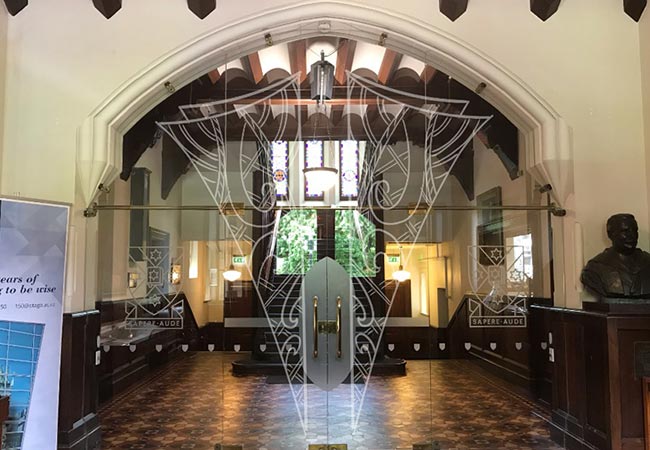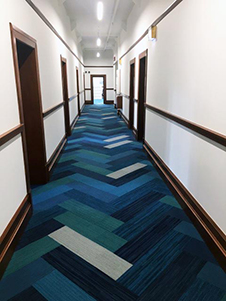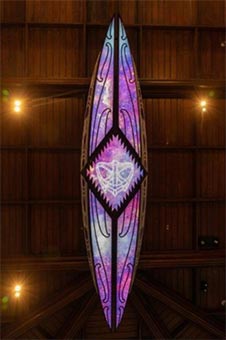
Construction start: June 2019
Completed: February 2021 (original scope)
Key drivers:
- Caring for our historic building
- Creating flexible spaces
- Increasing workstations by 33 per cent, from 141 to 188
- Creating audio-visual and meeting spaces
- Catching up on deferred repairs and maintenance
- Reducing operating costs
This was the first interior refurbishment of Dunedin's landmark Clocktower Building in a decade, and aimed to fulfill our duty-of-care to this historic building.
The work also targeted long-term efficiencies by:
- Creating fit-for-purpose, team-centric work environments
- Producing spaces that are flexible enough to meet the changing needs of both current tenants and future occupants
- Creating ongoing energy cost-savings by replacing old, inefficient, and poor-quality lighting
- Ensuring the IT infrastructure could accommodate an increase in occupants
- Making use of modern technology.

Small changes to the layout of office areas on the first floor, ground floor and mezzanine enhanced open plan working environments, and were combined with new furniture that makes better use of space.
Maintenance work included painting and replacing carpet to avoid further deterioration, while also addressing potential safety issues.
The refurbishment provided an opportunity to incorporate Ngāi Tahu design elements into the interior.
Ngāi Tahu artists Simon Kaan and Ephraim Russell focused on the theme of Pacific navigation – navigation is a fundamental concept underpinning Māori and Pacific people's values.

The design respects the past and our cultural heritage, referencing the journeys that have gone before, and those we face in the future.
Design elements include the carpet, a waka sail on each of the two glass doors at the main entrance, a depiction of a whāriki mat – the weaving of knowledge – in the Council Chamber, furniture colours inspired by sea birds, designs painted on walls to represent the winds and ocean currents that helped carry Māori and other Kiwis' ancestors to Aotearoa, and a hanging sculpture in the main stairwell of a waka used to navigate to this country.
Clocktower staff were decanted to spaces in the Archway West building in stages as the refurbishment progressed.